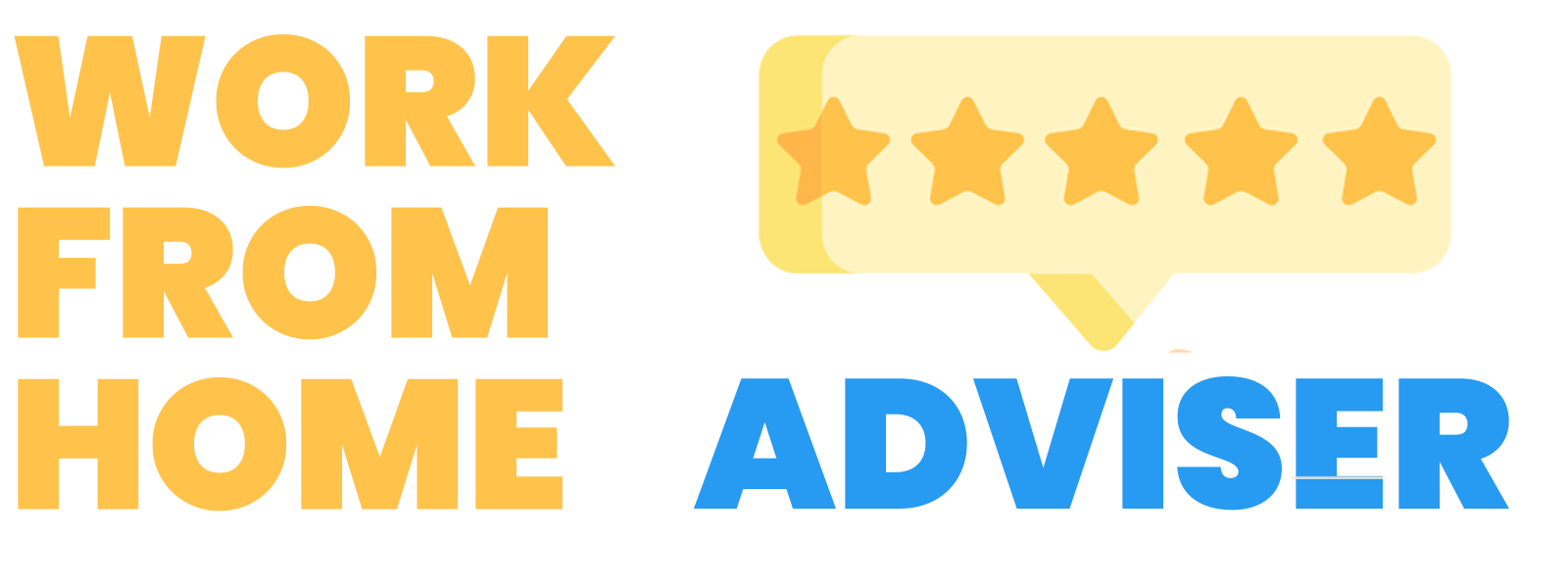I work from home and have done so on and off for many years. Working from home enables me to schedule my time and work for companies that value my inputs and perspectives even from afar. I want to do my job well and to promote outcomes that lead to job security. One trick I do is learn from how others have worked well (remotely, or otherwise) so that I can replicate their behavior. As a result, I spend a lot of time reading about entrepreneurship and innovation because I admire people who take sensible but daring risks. I want to be more like them. I’ve spent much of my time talking with founders. And I’ve read countless books and articles about the nature of startups. But still, I’ve struggled to answer this fundamental question: what lessons can I take from history’s most impactful innovators to increase my productivity and impact?
What are the most important lessons from history’s innovators?
Thankfully, I discovered some thoughtful answers in the work of British author Harold Evans. The words he wrote left an indelible impression on me. Especially when working from home I wonder if I too can have a societal level impact? I am not scared of failing, but I am scared of not trying my best. I deserve that for myself. And now I’m going to share with you some of Evan’s most important insights. These lessons are particularly important when working from home because the historical context and longevity of these ideas can keep you focused and inspired. More importantly, all of these inventions were done in multiple stages: an idea became a product and this product became a movement.
When working from home you can start with a small step forward. You can likely take this small step forward by yourself. But if you want to do something big and truly impactful, you will likely need a team of great people around you. These people can be digitally assembled but having the support staff to drive a large project or initiative forward will be critical. You will need to find these people.
Sir Harold Evans in his natural environment — surrounded by books.
Lesson #1: Make No Assumptions
“Ignorance that ignites curiosity is a better starting point than half-knowledge.” — Harold Evans
Edwin Armstrong exemplified this lesson. Armonstrng was constantly trying to do things in radio circuitry he was told by the experts was impossible. He went on to invent FM Radio. Had he listened to the experts his impact in history would have been greatly diminshed.
Breakthroughs come from the discarding of assumptions. Being first is not always best. Riding on the coattails of those that come before you can help clarify assumptions, make you see solutions differently, or avoid entering certain markets if the possibility for profits or impact seem too low. There are some domains in which first mover advantage makes a big difference; but more often than not, it doesn’t.
John Fitch was the first to operate a steamboat service, not the commonly presumed Robert Fulton. But Fulton learned from Fitch’s mistakes and triumphed on a different river at a more propitious time. Today we celebrate Fulton as the person most central to the development of a commercially successful steamboat.
The same is true with Charles Goodyear, the American self-taught chemist and manufacturing engineer who was late to vulcanize rubber. And Isaac Singer, with his now iconic sewing machine.
Inventors learn from failure. Their success comes from understanding failure and acting upon this knowledge. They often de-risk decisions by looking around, seeing what worked and what did not, and proceeding down new paths with renewed vigor and focus.
“No man is a fool until he stops asking questions.” — Charles Proteus Steinmetz, who fostered the development of alternating current that made possible the expansion of the electric power industry
Lesson #2: It’s OK to Borrow
More innovations come from borrowing and combination than simple invention.
Jean Nidetch did not invent the diet she used for Weight Watchers. She was overweight for most of her life and, after falsely being accused of being pregnant, another group’s 10-week weight loss program. She saw areas for improvement and went on to make them.
Nolan Bushnell, who established Atari, did not invent the first home made video game.
Leo Baekeland (father of the plastics industry) borrowed from photographic chemistry to invent plastics.
Elisha Otis (inventor of a safety device that prevents elevators from falling) built his first elevators using springs he had learned about making carriages.
Wilbur Wright figured out how to turn an airplane by thinking about the way he turned a bicycle.
“I invented nothing new. I simply assembled into a car the discoveries of other men behind whom were centuries of work.” — Henry Ford
Lesson #3: Nothing Works the First Time
“Too often impatient entrepreneurs expect instant results. History shows us that there are a hundred setbacks for every change.” — Harold Evans
USA Today, Amazon.com, and CNN struggled initially, but later thrived because their basic ideas were sound.
Innovation is often cut too soon because backers fail to appreciate that it takes time to work out the wrinkles.
Critics called Raymond Damadian a “screaming lunatic” for thinking nuclear magnetic resonance might be used for medicine. And yet he created the first MRI scanning machine.
Theodore Judah was “crazy” for advocating a railway line over the High Sierra. But he went on to promote, establish, and design the first transcontinental railroad.
“If you’ve got an innovative idea, and the majority does not pooh-pooh it, then the odds are you must not have a very good idea. When people thought I was loony, it did not bother me at all. In fact, I considered that I must really be onto something.” — Ted Turner (founder of CNN)
Lesson #4: The Whole can be Greater than the Sum of its Parts
“Isolated innovators may produce wonders but they are more likely to succeed in a knowledge network, whether connected by geography or electronics. Connections between innovators are ubiquitous — one good innovation deserves another.” — Harold Evans
Many innovators flourish in partnerships. Take the partnership of Wozniak and Jobs at Apple. Or the partnership of Ida and William Rosenthal at Maidenform. Then there’s Marc Andreessen and Jim Clark at Netscape. The Wright brothers, and Sergey Brin and Larry Page at Google, the list goes on. Leo Baekeland corresponded with Thomas Edison, the Wright brothers, Henry Ford, the Duponts, and Bell. Even when Working From Home you can still use different platforms to connect with and learn from others. You can form digital partnerships and friendships. You can join or lead different virtual communities.
William Shockley hired Robert Noyce and Gordon Moore, whose circuits were used by Nolan Bushnell at Atari, the first company to hire Steve Jobs.
Larry and Sergey back when Google’s headquarters was a garage.
The exploits of the innovators who have come before us can spark the ambitions of the next generation to make new technologies. To leave their own dent in the universe. We should pass down their lessons and their lore. These lessons are attractive in light of how work is changing. Does home office make us more or less connected? Does home office make us more or less likely to be creative or invent new things? For all of the creations articulated above, groups of people (led by founders or bold thinkers) drove forward change together. This leads me to believe that if I (or we) want to have a big impact on a product, company, or society while Working From Home, we need to partner remotely with others to build, be creative, and bounce ideas off of. Finding those people is now part of the challenge and I believe that technology can help.






